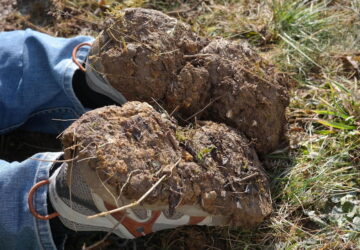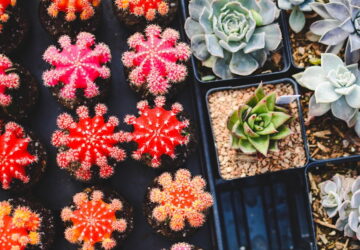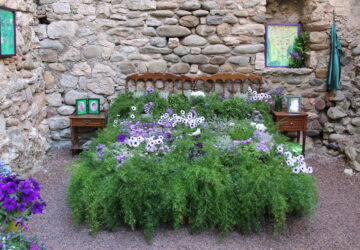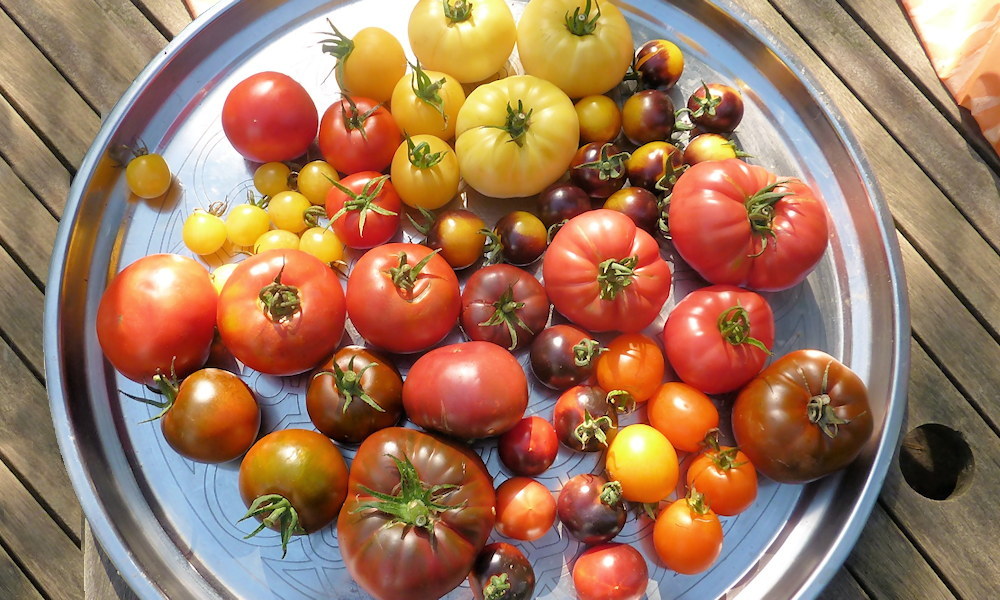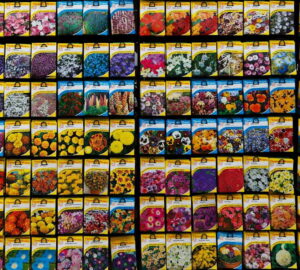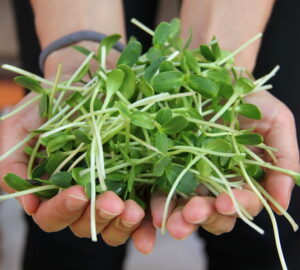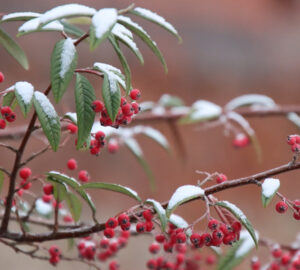Heirloom plants, once relegated to the pages of history, are now experiencing a resurgence in modern home gardens. As gardeners worldwide increasingly prioritize biodiversity, sustainability, and unique flavors, heirloom varieties offer a connection to the past while providing a diverse and resilient addition to today’s gardens.
Unearthing the Past – What Are Heirloom Varieties?
Understanding Heirlooms: More Than Just Old Seeds
Heirloom varieties are plant species that have been passed down through generations, often over a century or more, without genetic modification or hybridization. These open-pollinated plants are naturally pollinated by wind, insects, or birds, which preserves their unique genetic traits. Unlike modern hybrids, heirlooms boast diverse shapes, colors, and flavors, making them highly sought after by gardeners who value variety and resilience.

The Cultural Significance of Heirloom Plants
Heirlooms: A Living Link to Our Ancestors
Heirloom plants are more than just seeds – they are living artifacts of our agricultural heritage. Many heirloom varieties carry the stories of immigrant families who brought seeds from their homeland, ensuring that a piece of their culture could take root in a new world. For instance, the ‘Brandywine’ tomato is a cherished variety known for its rich flavor and history dating back to the 1800s. By growing these plants, gardeners help preserve the cultural tapestry woven through generations of cultivation.
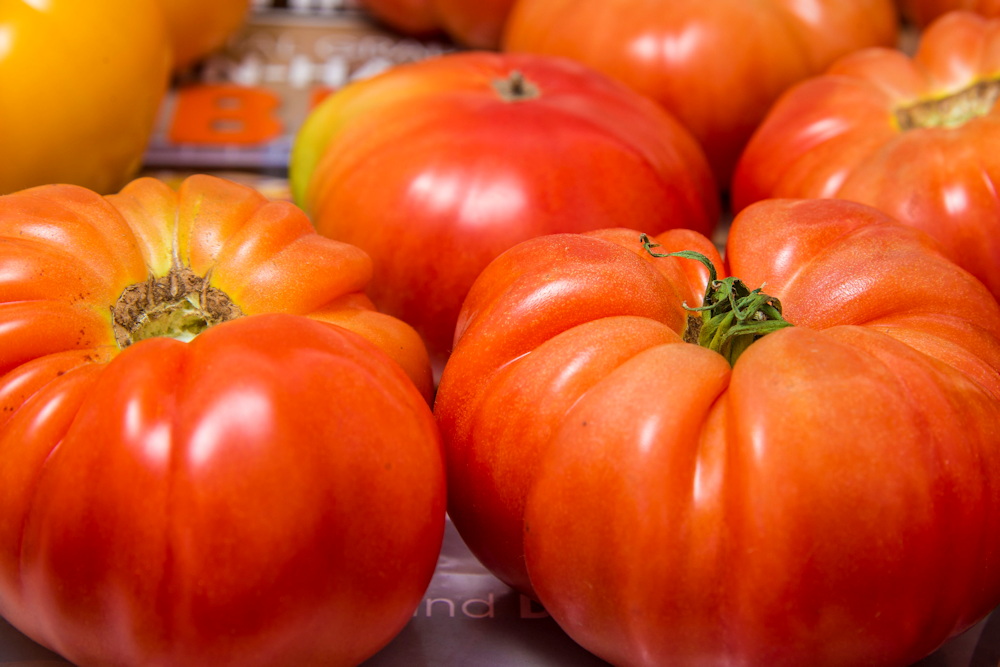
Biodiversity: The Hidden Power of Heirloom Varieties
Why Variety Is the Spice of Life in Your Garden
In a world where agricultural practices often prioritize uniformity, heirloom varieties bring biodiversity back into the spotlight. These plants are more adaptable to local conditions and are often more resistant to pests and diseases than their hybrid counterparts. For example, the ‘Moon and Stars’ watermelon, with its striking speckled rind, thrives in varying climates and offers a unique resistance to common diseases, making it a resilient choice for home gardeners.
Practical Tips: Growing Heirlooms in Your Garden
Cultivating History: A Step-by-Step Guide to Growing Heirlooms
Choosing the Right Heirlooms: Start by selecting varieties suited to your climate. Some popular heirloom varieties include:
- ‘Cherokee Purple’ Tomato: Known for its deep, rich flavor, ideal for warm climates.
- ‘Kentucky Wonder’ Pole Beans: A vigorous variety that produces tender, flavorful beans.
- ‘Sugar Baby’ Watermelon: A compact variety perfect for smaller gardens, offering sweet and juicy fruit.
- ‘Amish Deer Tongue’ Lettuce: A heat-tolerant variety with a distinctively sweet flavor.
- ‘Golden Bantam’ Corn: A classic sweet corn that’s been a favorite since the early 1900s.
- ‘Gravenstein’ Apple: A tangy-sweet heirloom apple, ideal for fresh eating, cider, and cooking, especially in cooler climates.
- ‘Seckel’ Pear: A small, exceptionally sweet pear known as the “sugar pear,” perfect for fresh eating and preserving.
- ‘Concord’ Grape: A classic American grape with a deep purple color, commonly used for juice, jelly, and wine.
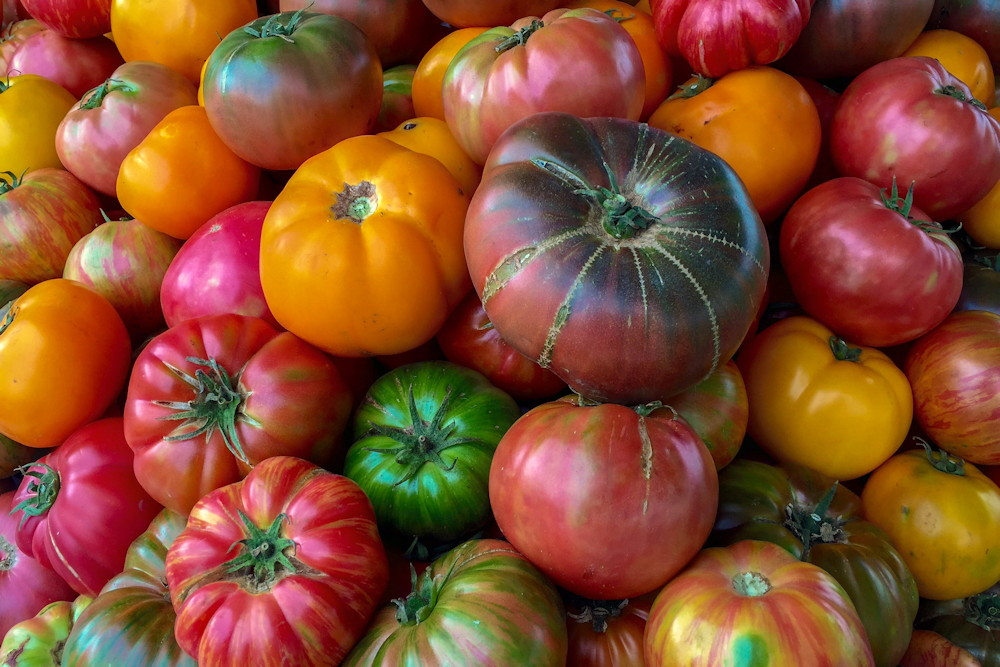
Obtaining Seeds: Heirloom seeds can often be found at specialized seed companies, farmers’ markets, or through seed exchanges with other gardeners. Online retailers such as Seed Savers Exchange and Baker Creek Heirloom Seeds offer a wide selection of heirloom varieties.
Soil Preparation: Heirloom plants typically thrive in well-drained, nutrient-rich soil. Incorporating compost or organic matter can significantly improve your chances of a successful harvest.
Seed Saving: One of the joys of heirloom gardening is the ability to save seeds for the next season. To do this, ensure seeds are fully matured before harvesting, then store them in a cool, dry place to maintain their viability.
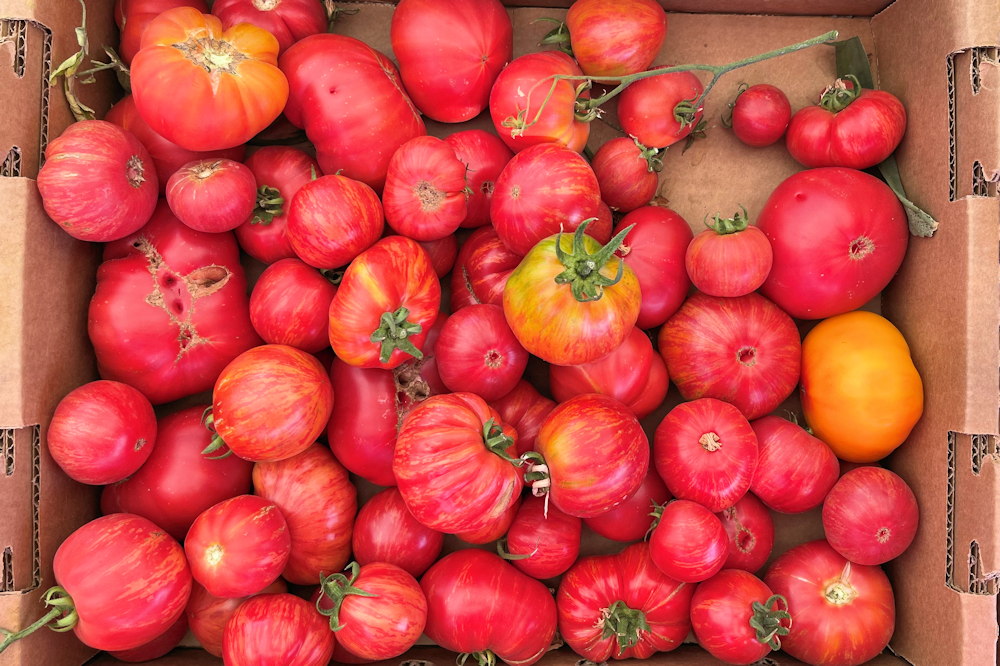
The Future of Heirloom Varieties
From Nostalgia to Necessity: The Role of Heirlooms in Modern Gardening
As climate change continues to challenge global food production, the genetic diversity offered by heirloom plants could be crucial in developing crops that can withstand extreme conditions. Heirloom varieties are not just a nod to the past but a vital resource for future food security. Their resurgence in home gardens is a positive step towards a more diverse, resilient, and sustainable agricultural system.
Cultivating the Past, Harvesting the Future
The return of heirloom varieties to modern gardens is more than just a trend – it’s a movement that celebrates diversity, history, and sustainability. By choosing to grow heirlooms, gardeners play a crucial role in preserving these treasures for future generations while enjoying the rich flavors and stories they bring to the table.
